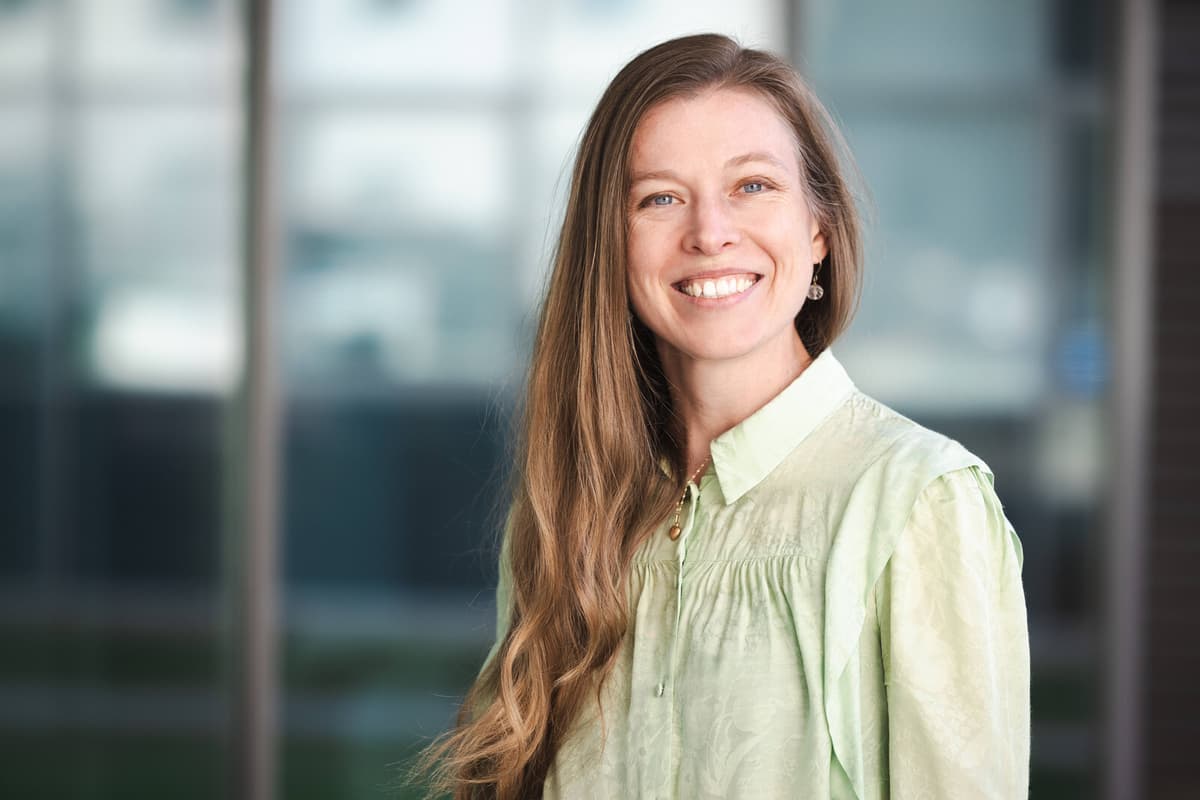Today, Ylva Götberg works in Austria at the Institute of Science and Technology Austria (ISTA). The path there has gone via Lund, Grenoble, Amsterdam, and Pasadena. Curiosity has been a constant companion.
In high school, I used to ask my physics teacher "but why"? It was always what drove me.
And space is a grateful area for the curious.
One can see it as a kind of laboratory where one has the opportunity to investigate parts of physics that cannot be done on Earth. Here, it may not be possible to reach such high temperatures or have so much mass.
Found stars
What has taken Ylva Götberg and her research colleague Maria Drout to Time's 100 next-list is their discoveries regarding helium stars, something never seen in space but important for much of astrophysics. Together, they have created a method for finding helium stars – and even found them.
It's interesting because it's probably these stars that are responsible for about a third of all supernovae.
Time writes that the discovery creates important understanding for the stars that, when close to each other, can melt together and form gravitational waves.
Hopes to inspire
Among the hundred future names on the list are, among others, artists, athletes, and human rights activists. Ylva Götberg thinks it's fun to be noticed together with people from such diverse areas. In addition to being a recognition of her work, she hopes it can inspire others.
I hope it can give some inspiration to younger generations so that they can feel that it becomes interesting to learn more about physics and research. And especially perhaps young women, since we are a bit of a minority.





